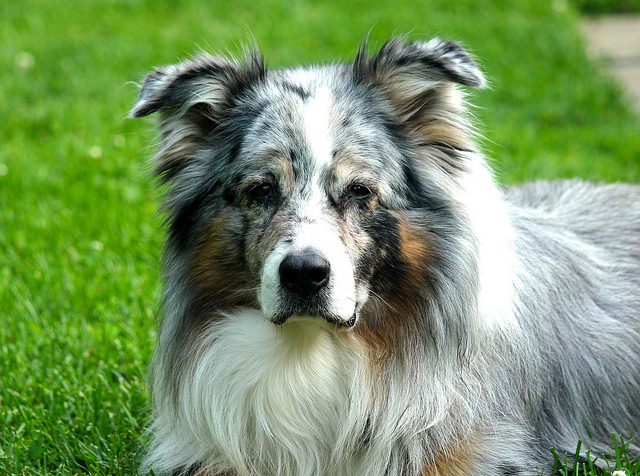
We feel a little guilty labeling one dog smarter than another, but Stanley Coren, a professor of psychology at the University of British Columbia Vancouver, published a book in 1994 titled The Intelligence of Dogs. In this book he highlights his research, explaining how he determined which dogs were smarter than others. He determined that dogs have three types of intelligence: instinctive intelligence, adaptive intelligence, and working and obedience intelligence.
Instinctive intelligence is a measurement of how well the breed performs the task it was bred for. Is it a herding dog? Well, how good of a job does it do herding livestock?
Adaptive intelligence is all about independent problem solving. Without any training, how quickly and thoroughly will the dog adapt to its environment and solve problems?
Working and obedience intelligence deals with what the dog can learn from humans. This has to do with trainability. So, a dog may have instinctive and adaptive intelligence in excess, but be a pain in the rear to train. Or, the breed may take to training like nobody’s business, but be further down the list than others who are more stubborn.
So, without further delay, check out the 30 most intelligent dogs!
30. Vizsla

These beautiful red dogs very gentle and expressive, but training them might be a slight chore. You have to be patient, but firm, while also maintaining a calm and gentle demeanor. It’s not the easiest thing in the world to train a Vizsla, but once you do there aren’t many limits to the tricks they can learn. All this training starts with exercise, though, so make sure to give your Vizsla plenty of yard time.
29. Irish Water Spaniel
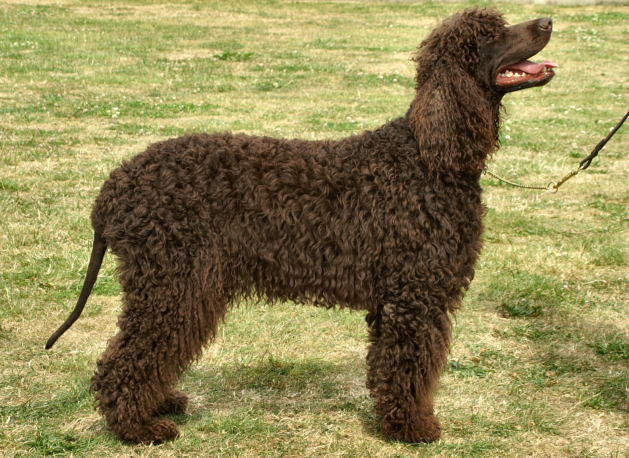
Your Irish Water Spaniel is definitely a smart dog. Sure, he may not join doggy Mensa, but you’ll be able to train him to be perfectly obedient and to do more than a few tricks. You just have to stick with it. Slow and steady is the owner that wins this race. Oh, and don’t skip on the exercise. This is a working dog, so make him work.
28. Pomeranian
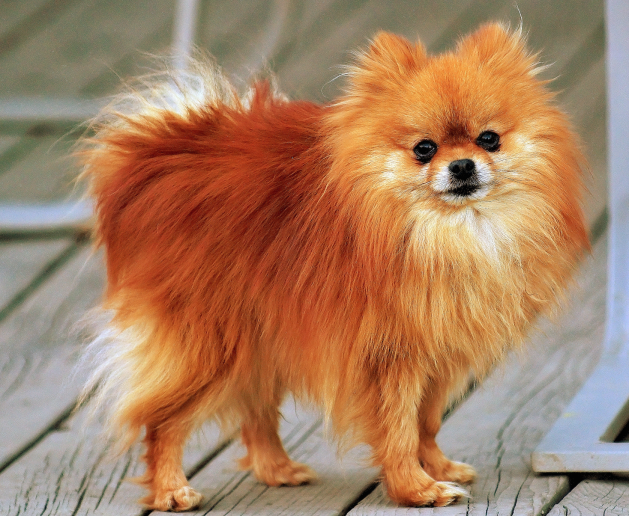
Pomeranians are very inquisitive little dog, but they’re very eager to learn. This eagerness to learn doesn’t always mean they’re easy to train, however. Owners and families need a firm, but gentle hand. The tone of your voice is enough to let this pup know what is right and what is wrong.
27. Bernese Mountain Dog

Repeated after me, “I am in charge!” This needs to be your mindset when training your Bernese Mountain Dog. She loveable and playful, your Bernese may stay in full-fledged puppy mode for years. They’re easy to train, but only if they fully understand that humans are boss. This needs to be a family effort, as they’re a very pack minded dog. One weak family member means the dog doesn’t consider all humans to be alpha.
26. Belgian Malinois

Belgian Malinois are bright dogs and learn well through observation. This means its owner needs to exude confidence and leadership. Training should be consistently administered, and before long you’ll have a well-trained Malinois.
25. Weimaraner

Training a Weimaraner starts with exercise. Without this there is little hope for solid obedience training. Once you get the physical energy spent, however, slightly firm leadership is needed to whip this breed into shape. Some might say they’re more clever than smart, so don’t be surprised if your Weimaraner learns to open doors and sneak snacks out of the cupboard. Be the pack leader, and let you dog know that’s not okay.
24. Cocker Spaniel
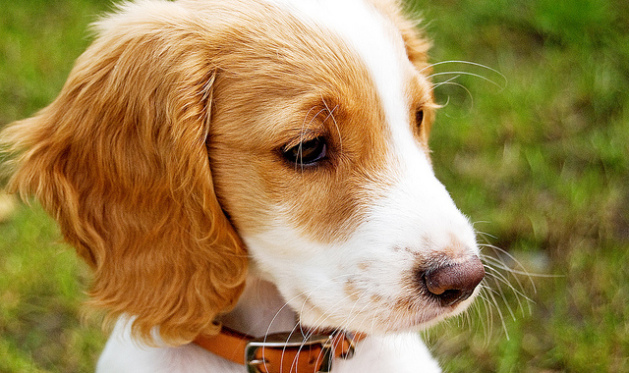
Your Cocker Spaniel may seem unintelligent at first, but this isn’t the care. They are of above average intelligence, it just takes a while for it to show. Go slow with them, and reinforce good behavior in a positive way. They don’t take well to firm training.
23. Brittany

Here is the trick with Brittanies — they love to please you, doing consistent and constant positive reinforcement is the way to train. Just make sure you get your Brittany enough exercise, or all the positive reinforcement may be for nothing.
22. Standard Schnauzer

When training a Standard Schnauzer, you should be confident and consistent. You don’t need to be firm, but display natural leadership. If you do this training your Schnauzer will be much easier.
21. English Cocker Spaniel

English Cocker Spaniels are surprisingly strong willed. This doesn’t mean you should be firm with them, however. Gentle and consistent training is the way to go. Fair warning, they aren’t the quickest to be potty trained, so crate training is highly recommended.
20. Flat-Coated Retriever

This dog is in full puppy mode for years. They’re high energy and destructive, and if it’s not clear who the boss is your FCR will take advantage of you. Exercise him, praise him for the good things he does, but don’t let him get away with anything. Just don’t get too firm with this breed, however, because they are very sensitive.
19. German Shorthaired Pointer

The German Shorthair pointed is one of America’s favorite breeds. The GSP was bred to be an all-purpose hunting dog. He’ll point, flush out prey and retrieve just about anything. GSPs and Labrador Retrievers are the two favorite hunting dogs in the United States. Where the Lab lives to please, the GSP lives to work. He can be stubborn and bullheaded, so he needs a bit more of a firm hand. Once trained, however, there may not be a more capable dog out there.
18. Keeshond

These big fluffballs love to be a part of a pack, and your family can be that pack. Your Keeshond just needs to know that he’s the low man on the totem pole, so it’s got to be a family effort in keeping him in line.
17. Collie
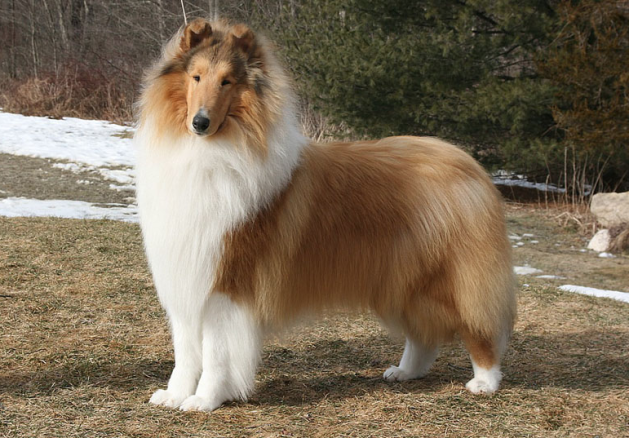
The Collie, or Rough Collie, was a breed made famous by Lassie in the 1950s. A hard working dog, Collie are happiest when they have a task to perform. Left without proper supervision, your Collie will eventually find ways to entertain itself – that’s never a good thing. Constant training is key here.
16. Belgian Sheepdog

To train this breed, the owner needs to exude confidence all the time. The Belgian Sheepdog is capable of learning anything, but only if he has faith in your ability to teach him.
15. Schipperke

If curiosity killed the cat, the Schipperke was probably there with said cat egging it on. Very smart, but also very curious, the Schipperke may strike you as having ADHA. Training never stops with this breed, but that’s okay. Eventually your Schipperke is going to be loyal and devoted, so long as he know who’s boss.
14. Belgian Shepherd Dog (Tervuren)

The Belgian Shepherd Dog is one that is capable of almost anything. He’s very intelligent, but some members of the breed can be very willful and stubborn. Training one may be a piece of cake while another might be pain in the rear. Brace yourself.
13. English Springer Spaniel
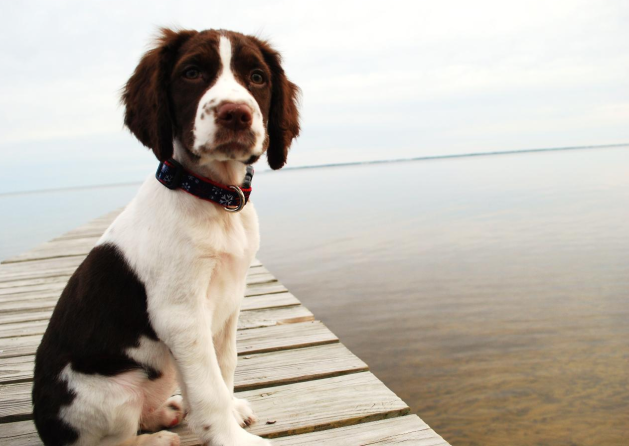
English Springer Spaniels are working dogs and love to be exercised physically and mentally. Start the training young, because delaying it may make it more difficult down the road. Springer Spaniels want to play a lot, so let them know you mean business when necessary, but also reward them when they do well.
12. Miniature Schnauzer

This somewhat stubborn breed may strike you as difficult to train, but it’s not for lack of intelligence. They need to know you’re more determined than it is. Owners have got to be very diligent in their training with the Miniature
11. Pembroke Welsh Corgi

To train your Corgi, you need to be consistent and and determined in training, but always in a loveable way. They respond best to positive reinforcement for a job well-done.
10. Australian Cattle Dog
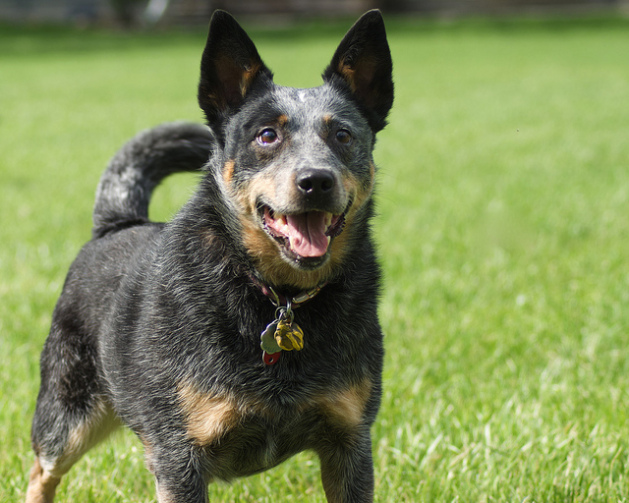
These hardworking dogs need exercise, and lots of it! There isn’t much you can’t train them to do, but when left alone or without enough exercise, this breed will become very independent and destructive. They need to know you’re the leader, so make everything about work to them and they’ll be well behaved.
9. Rottweiler
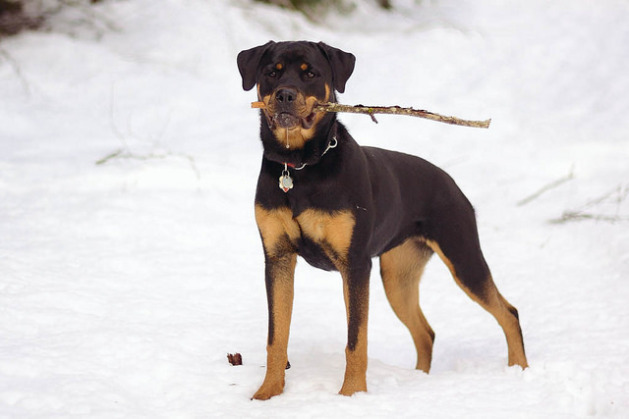
Rottweilers are big, strong and loveable. Yup, they’re loveable. Just let them know who’s boss. Don’t get physical and don’t constantly berate them, because their feelings will get hurt. Praise them often for doing the right thing, but make sure they know who’s boss when they don’t.
8. Papillon

The Papillon is the top small dog on our list. While most think of larger dogs as being more intelligent, the Papillon is a certified genius by doggy standards. Papillons present one major challenge for owners — they want to be pack leader! If your Papillon think he’s in charge he may be a nightmare. If he know you’re in charge, he’ll be an angel.
7. Labrador Retriever

Labrador Retrievers may be the ultimate family pet. Everyone is their friend! They’re very playful, so you have to train them consistently and constantly until it sinks in. Once they’re trained, however, they’re like the most obedient child you can imagine. They’re a working dog, so give them plenty of exercise, preferably when they’re fetching and retrieving something — that’s what they were bred to do. Oh, and don’t get too firm with Labs. Remember, they love you, so reward them with treats and praise when training.
6. Shetland Sheepdog

Shetland Sheepdogs, or Shelties as they’re affectionately known, are herding dogs like the Border Collie. They like to work, and any training should be presented to your Sheltie as work. Reward the good behavior, because they love it, but also don’t let them get away with any mischief. Give an inch, and your Sheltie will take a foot.
5. Doberman Pinscher
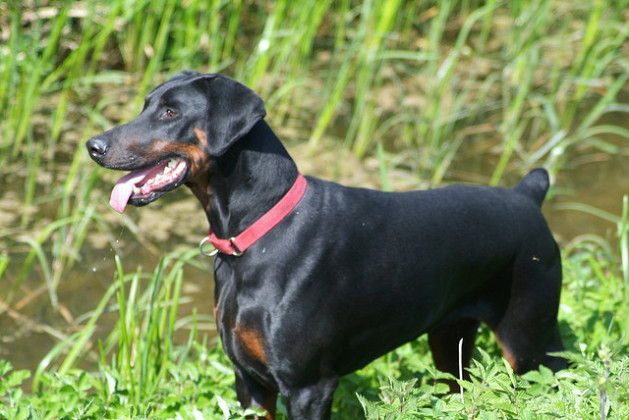
Doberman’s look mean. Really mean, but they’re big cuddle bugs with their owners. They will take to training as well as any other dog and be devoted to their owner for the rest of their lives. Like the German Shepherd, you have to be firm with your Doberman. They are assertive, so you just have to be more assertive than they are.
4. Golden Retriever

Golden Retrievers are loyal and obedient, and they really aim to please you. Sometimes there is a bit of negotiating that has to take place, but once trained, your Golden will always be there listening to you.
3. German Shepherd
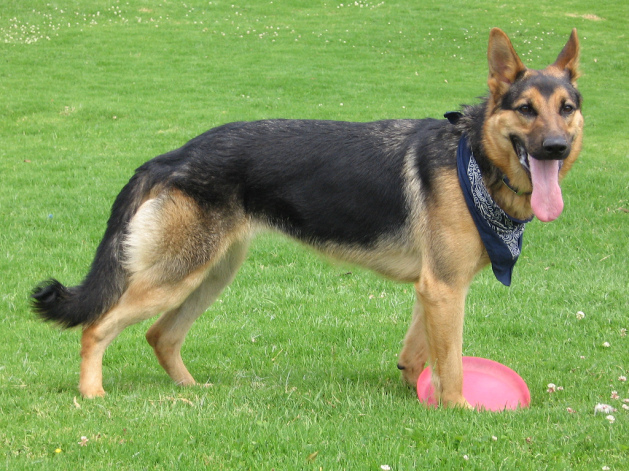
There is a reason German Shepherds are used by military and police forces all around the world. They’re big, strong and quick of mind. They take to training like few dogs do. They respond best to firm leadership, even if they do have a stubborn side. Just don’t get aggressive with them. Remember, firm, not mean.
2. Poodle

Forget the pageants and the runway, Poodles are seriously intelligent dogs. They often pick up commands after only one or two tries, which is better than most 4 years old I know. Poodles were bred to be companions, so they love to please. With positive reinforcement, there isn’t much a Poodle won’t do for its owner. They’re clever, so don’t be surprised if they outsmart you sometimes.
1. Border Collie
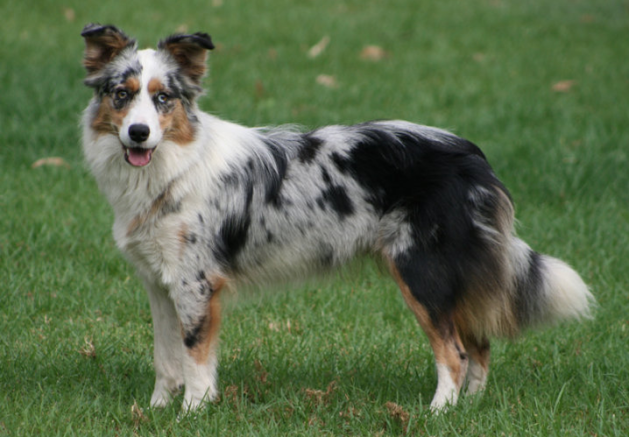
The Border Collie is the gold standards of doggy intelligence. Part of the herding group, Collies love to work and work hard. Though they are the most intelligent breed, they can sometimes be a challenge during training. You’ve got to be the leader! When trained well, there isn’t a trick in the book your Border Collie can’t pull off.
Honorable Mention: The Mutt or Mongrel

Although a lot of work went into determining the smartest breed of dog, sometimes there is no better pet than a good ol’ mutt. We said it! A mongrel can be a better pet than a purebred dog. For myriad reasons, mostly centering around genetic diversity, mutts often get the best features of multiple breeds. We highly encourage people to consider checking out their local animal shelter when looking to add a four-legged family member. These shelters are usually equipped with a fenced in area where you can run and play with your potential adoptee. This provides you an opportunity to see what his temperament is like, if he’s playful, will he fetch, etc.
Training Tips
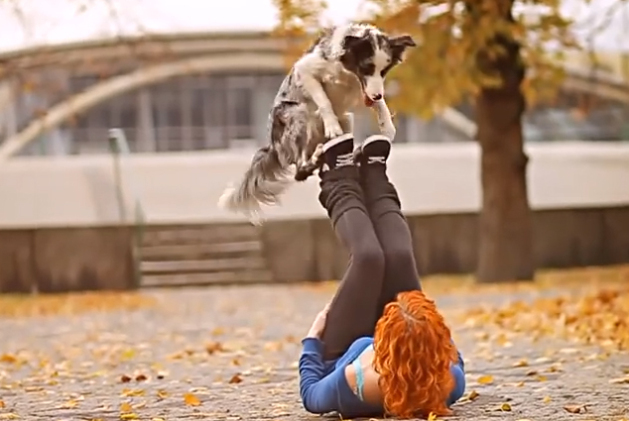
Okay, before you go, here are three easy training tips that will help your dog learn who’s in charge. These requires very little effort on your part, but can really let your pup know you’re the alpha.
- Don’t let your dog walk through a door before you. This is a common pack thing — the alpha goes first. If your little fur ball walks through a doorway before you after his walk, he’s going to assume he’s in charge. Not cool, dog. Not cool.
- You should always walk slightly in front of your dog when he’s on his leash. This is easy right? It’s a similar principle to number tip #1. Alphas lead and betas follow. It’s in his nature to test you, so be assertive in this matter. He walks slightly behind you. No sitting, no tugging on the leash. If he runs ahead before you can stop him, do an about face and walk the other way; it’s your trump card. Muahahah.
- This is the last tip. When it’s feeding time, don’t let your dog eat until you tell him it’s okay. Make him sit before setting the food down, and then make him wait until you give the green light. If he doesn’t do this you should just pick up the food dish and try again. Eventually he’ll learn. In a pack, the alpha is the one who gets to eat first, and all the other pack members wait until the alpha lets them in. That’s right, Fido, you’ll eat when I tell you to eat.
These three training hacks will make the process a whole lot easier on you. Once you’ve establish yourself as the boss, any remaining training is a piece of cake. Just make sure everyone in the house plays by these rules, because there is a pecking order and humans always need to be higher up on the totem pole than your four-legged family members.
So, there you have it. What’s your favorite breed? Do you disagree with the list? Let us know what you think below!

